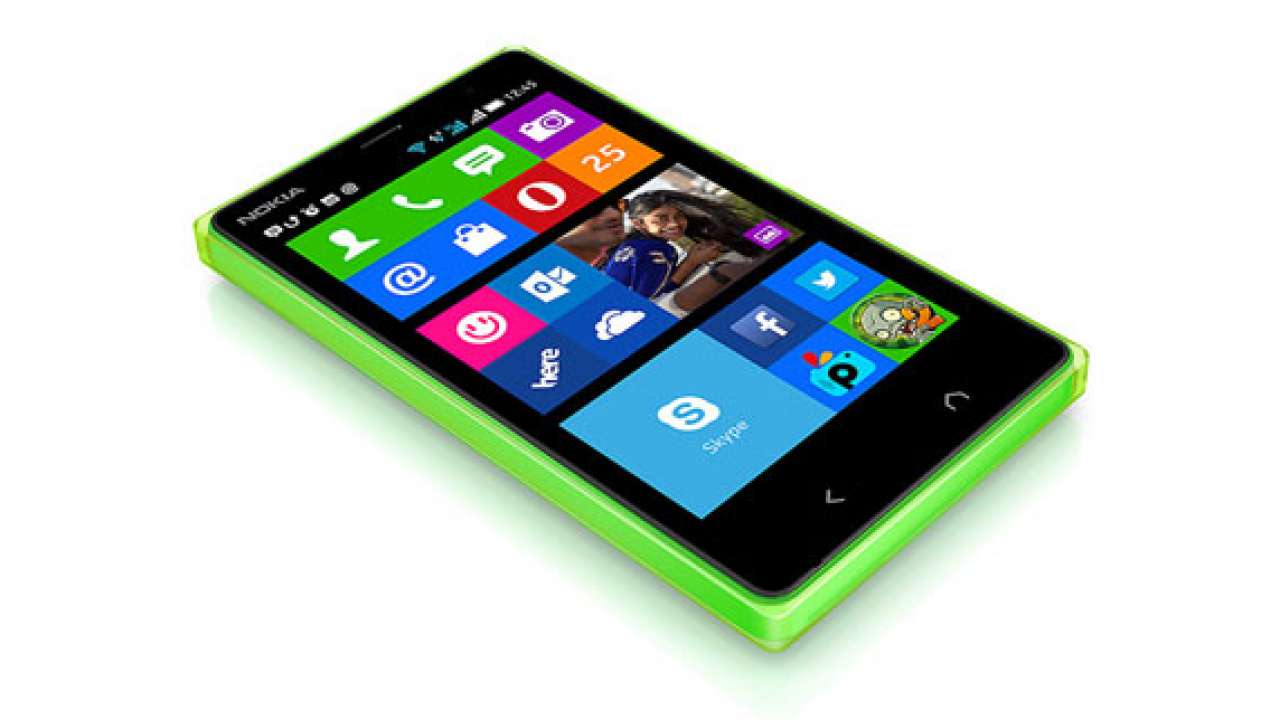Microsoft Officially Makes Android Phones: Meet the Nokia X2

Now that Nokia Devices is fully under Microsoft’s umbrella, they’ve released the Nokia X2, the first Microsoft-made Android phone. The Nokia X2 – which we’d first heard about earlier this month – may represent Microsoft’s burgeoning exploration of other operating systems, and the potential for new and unique products down the line.
Even though the Nokia X has only been on the market for a couple of months in non-US territories, Microsoft and Nokia have decided to put out a follow-up with a few improvements. For starters, the Nokia X2 is slightly larger than the original flavor (though the Nokia XL is longer-yet-narrower than the X2). It’s also got twice as much RAM, a full gigabyte, meaning that the handset will work a lot more quickly in general. Other than that, though, it’s just about the same handset as before.
It would seem that the Nokia X has been a successful device line for Nokia in the few months since its debut, but it’s still interesting that Microsoft has decided to continue pursuing Android phones. When Microsoft started the process of acquiring Nokia’s mobile division, word got out about Nokia’s work on an Android-powered handset, which was eventually released as the Nokia X. At the time, it seemed as though the prototype represented a safety net for Nokia should it decide to abandon the relatively unpopular Windows Phone OS.
So what is Microsoft’s game plan with the Nokia X line? For now, it seems that the brand is only available outside of the US, in “emerging markets” in Europe, Asia, and Africa. With modest specs and a modest price tag (about €99), the Nokia X2 is a relatively inexpensive way to get worldwide users into Microsoft’s ecosystem. That’s proven by the built-in OneDrive and Outlook access, as well as a free month of Skype worldwide calling. Even though Microsoft might rather have the world buy Windows Phones, offering cheap Android phones in a Windows-style skin might be a good way to prime customers for more Windows-centric experiences. Perhaps Microsoft will pursue more Android-centric products domestically in the future, offering even more customers interesting ways to jump into the Microsoft ecosystem.
The real question is how long Microsoft will continue to pursue Android in any form, and whether or not this modest investment will pay off at all. If we ever see a Nokia X handset released in the US or UK, perhaps that will be a sign of Microsoft’s continued commitment to the OS. If not, well, then maybe that’s that.
[Nokia X2]